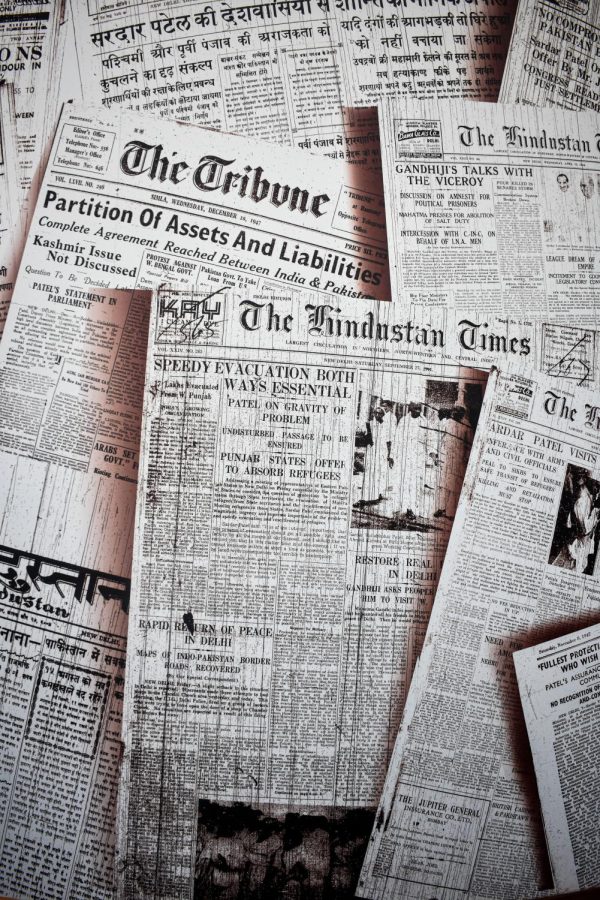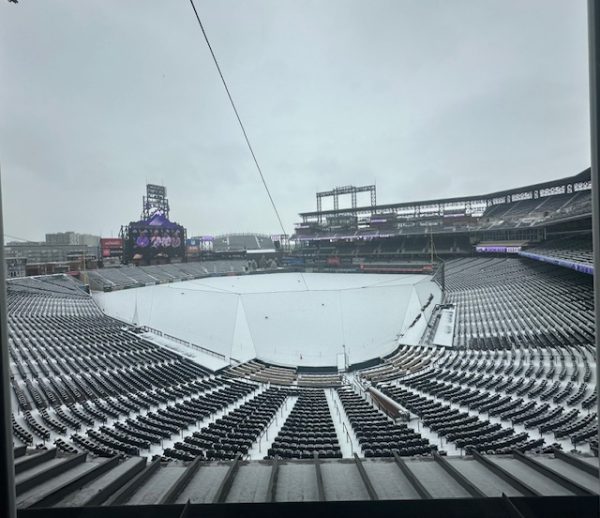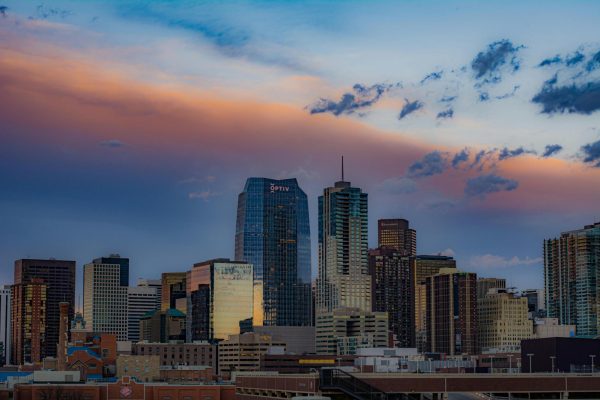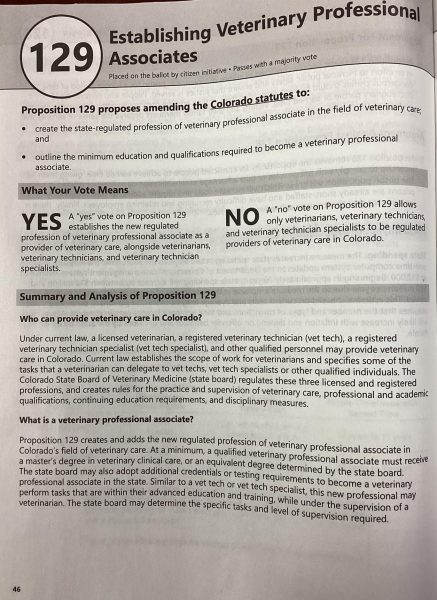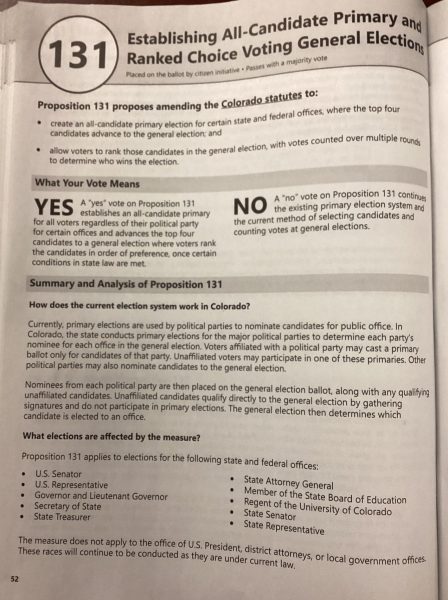Op-Ed: The Land of the Free(ish)
The United States ranked 42nd on the 2022 Press Freedom Index. Why so low?
On Feb. 22, 38-year-old Nathacha Augustin was shot and killed in a suburb west of Orlando, Florida. After the scene of the crime had been cleared, Dylan Lyons and Jesse Walden, two journalists with Spectrum News 13, went to the Pine Hills suburb to report on the homicide. The suspect of the crime returned to the scene and opened fire, killing Lyons and critically injuring Walden. Six media workers have been killed in 2023 worldwide, and Lyons was one of them.
With Lyons being the seventh journalist murdered in the U.S. within the last five years, it may come as no surprise that the country is ranked 42nd on the World Press Freedom Index. This annual ranking, published by Reporters Without Borders, assesses 180 countries and territories to determine how much freedom their journalists and news organizations possess. RWB “defines press freedom as ‘the effective possibility for journalists, as individuals and as groups, to select, produce and disseminate news and information in the public interest, independently from political, economic, legal and social interference, and without threats to their physical and mental safety.’”
The U.S.’s ranking has been on a steady decline since 2019 for myriad reasons. During the protests that ensued in 2020, countless journalists were attacked by law enforcement. Naturally, these assaults were identified as a threat to journalists’ safety and, in turn, deflated the country’s score. In an attempt to rectify these injustices, organizations like the American Civil Liberties Union secured judicial orders that prevented police from dispersing, arresting, and using excessive force against the press. After President Joe Biden’s lawyers attempted to nullify these orders, the ACLU sent a letter to Attorney General Merrick Garland calling for protection of the press.
The letter presented four injunctions that prevent law enforcement from inflicting acts of violence on American journalists during protests. These orders would prohibit federal officials from arresting, dispersing, or using physical force against journalists and legal observers. They would also prevent federal officials from ordering a journalist to stop reporting or observing and mandate officers to wear identifying markers that can be seen at a reasonable distance. In response, five senators sent a collective letter to the Department of Justice urging them to adopt protections for the press during protests.
When RWB is evaluating a country, they take events like this into account under their “legal framework” criterion. The other four criteria are political context, economic context, sociocultural context and safety, in all of which the U.S. scores feebly.
Despite attempts by the Biden administration to reinstate the U.S. as the blueprint for freedom of expression, news deserts and the polarization of media continue to detriment the freedom of journalists across the country. The disappearance and absence of local news stations adversely impacts nearly every criterion. News deserts not only catalyze polarization in politics and economics, but they also engender public mistrust in the press. It has been made abundantly clear that journalists in the U.S. are not safe from law enforcement, the government, or even civilians, the very people journalists serve to inform and educate.
Contrarily, Norway, which is ranked first on the index with a score of 92.65, takes extensive measures to protect its journalists. Competition authorities safeguard pluralism, ensuring a diversification of opinions and voices in the country’s media. Moreover, a radical opinion of journalism can be discerned across Norway’s platforms, and its “politicians refrain from labeling unfavorable coverage as ‘fake news’ and from disparaging its authors.” Norwegian journalists are rarely ever subjected to physical violence; the greatest risk to their safety generally extends to verbal threats.
American journalists, on the other hand, are in much greater jeopardy of experiencing a physical attack, especially by gun violence. In 2018, four journalists were shot and killed in the Capital Gazette newsroom in Maryland by a man who was upset by the newspaper’s coverage. Needless to say, the safety of journalists in the U.S. has not been ameliorated since this homicide, considering another reporter was lost to gun violence just a few weeks ago.
If we continue down the path we’re headed, the U.S. will inevitably move further and further down the index. It is evident that change needs to be made, whether that be through monetary support for local news outlets or gun control. The press was established as the Fourth Estate to maintain a balance of power, holding people accountable to administer justice and prevent corruption. Such a vital constituent of our checks and balances system should be given the freedom and resources needed to effectively and safely apprise the public.
Unfortunately, 132 countries on the index also lack access to a free press and reside in a “problematic,” “difficult,” or “very serious” situation. The Palestinian Authority, for one, has shut down news outlets and imprisoned dozens of journalists that have disparaged Palestinian leadership. As a consequence of these despotic actions, the PA has exacerbated the Israeli-Palestinian conflict.
The ramifications of restricting the press extend beyond the polarization of media. Limiting the freedom of journalists limits the freedom of the people to access information.
An unenlightened society is a corrupt society.

Hayden Chedid (she/her) is currently obtaining her Associate of Arts with a concentration in journalism. After earning her bachelor's in journalism, she hopes to work in news broadcasting.



